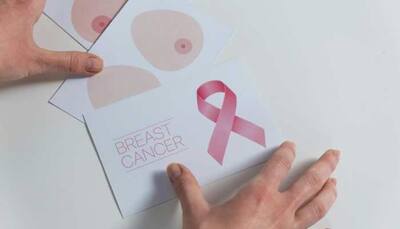According to Dr. Kyeremeh Atuahene, director-general of the Ghana AIDS Commission, Ghana needs to secure $300 million annually to reach its HIV/AIDS elimination goals by 2030. Speaking with Sarah Apenkroh on the sidelines of the National AIDS Spending Assessment (NASA) dissemination, Dr.
Atuahene revealed that with current funding levels, it would take an additional 50 years to achieve the country’s HIV/AIDS targets. In 2022, the Commission spent over $126 million on HIV/AIDS programs, a slight decrease from $127 million in 2021. Donor funds contributed 43% of this expenditure, while the government provided $51 million and the private sector contributed $20 million.

Most funds were allocated to treatment, care, and support, with the least amount going to development and research. Dr. Atuahene indicated that ongoing funding analysis suggests donor contributions will likely stay the same.
“This analysis highlights that unless government funding for the AIDS program increases substantially, achieving our targets will be a prolonged process. We need $300 million annually to meet our goals by 2030. Without this, it could take over 50 years to reach our targets under the current funding conditions,” he said.
Hector Sucilla Perez, UNAIDS Country Director, urged the government to mobilize domestic resources to support the program. “Ghana remains heavily dependent on donor support. While partnerships are valuable, all stakeholders must explore innovative ways to secure sustainable domestic funding,” Perez emphasized.
The NASA assessment, a systematic method for tracking financial flows and expenditures related to HIV/AIDS in Ghana, underscores the need for increased funding. As of 2023, Ghana has 334,095 people living with HIV/AIDS, including 17,550 children under the age of 15..


















